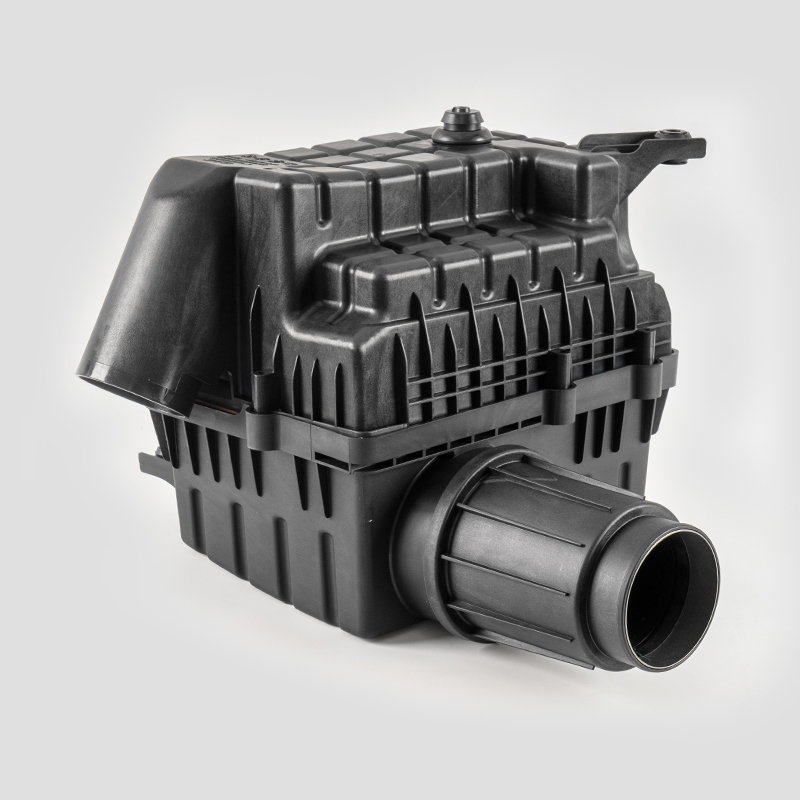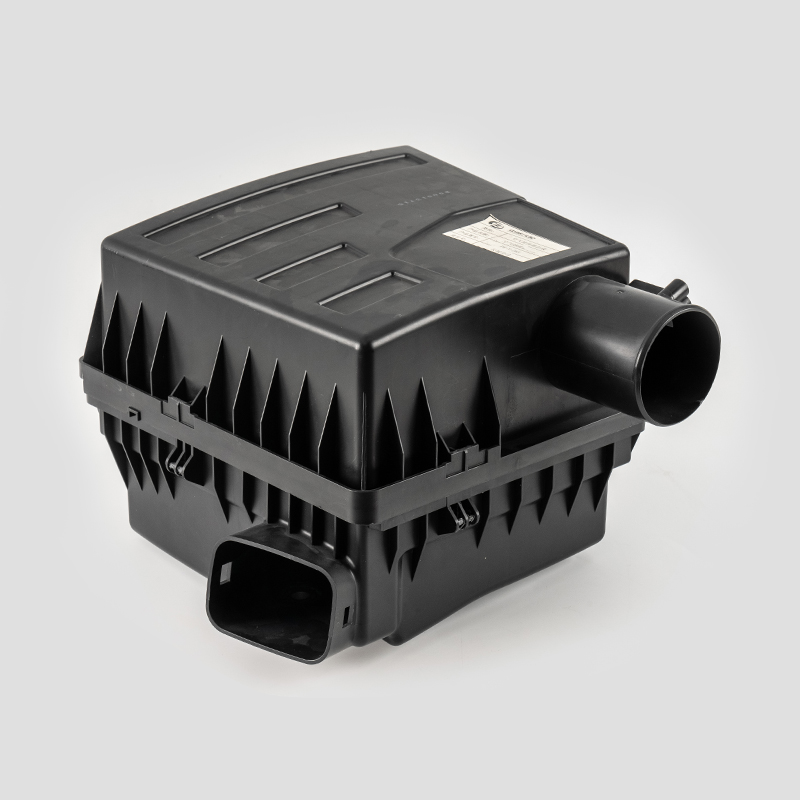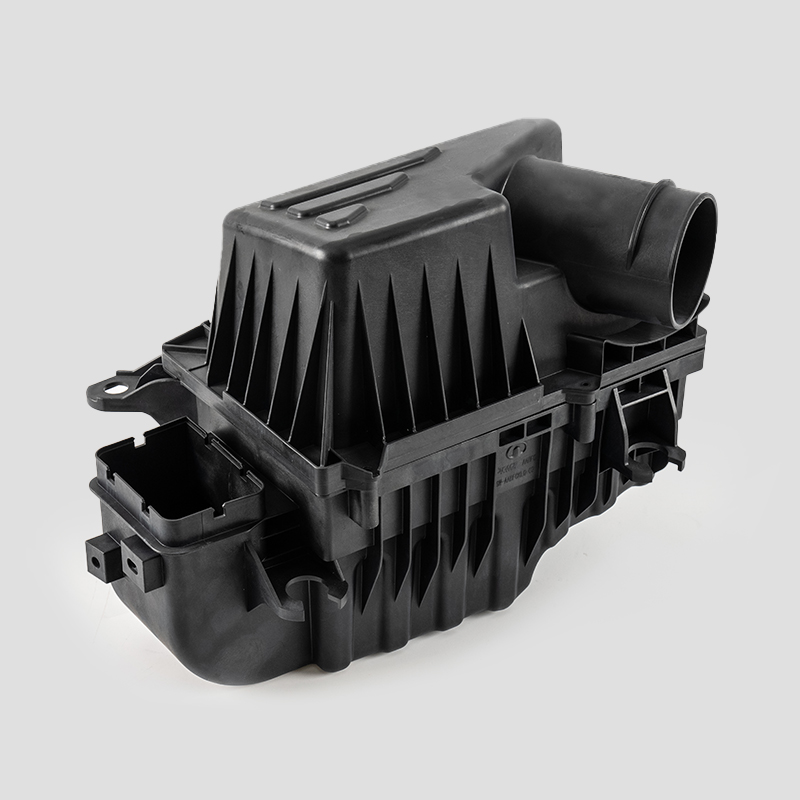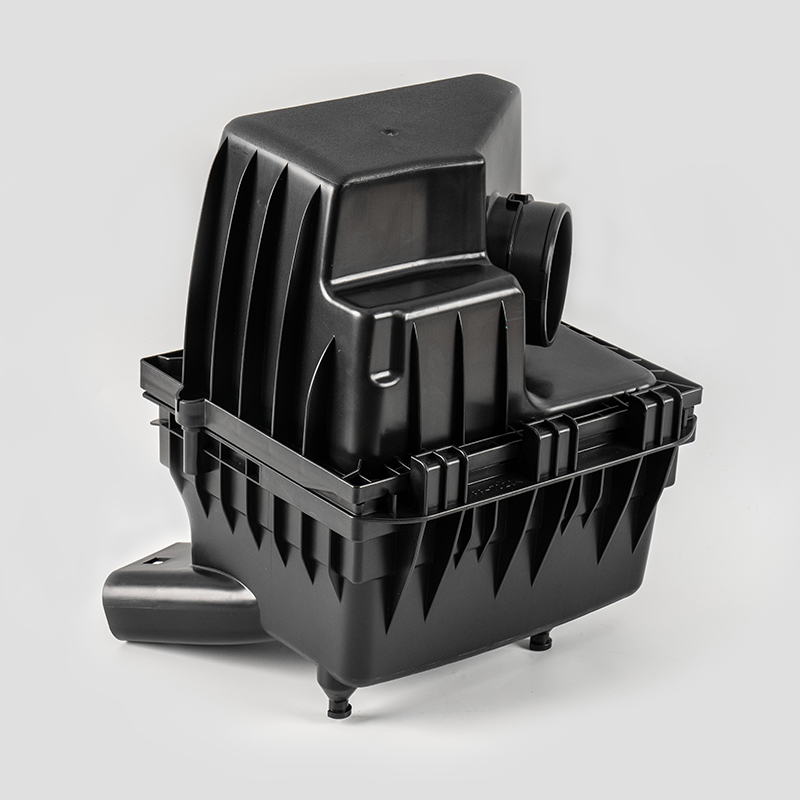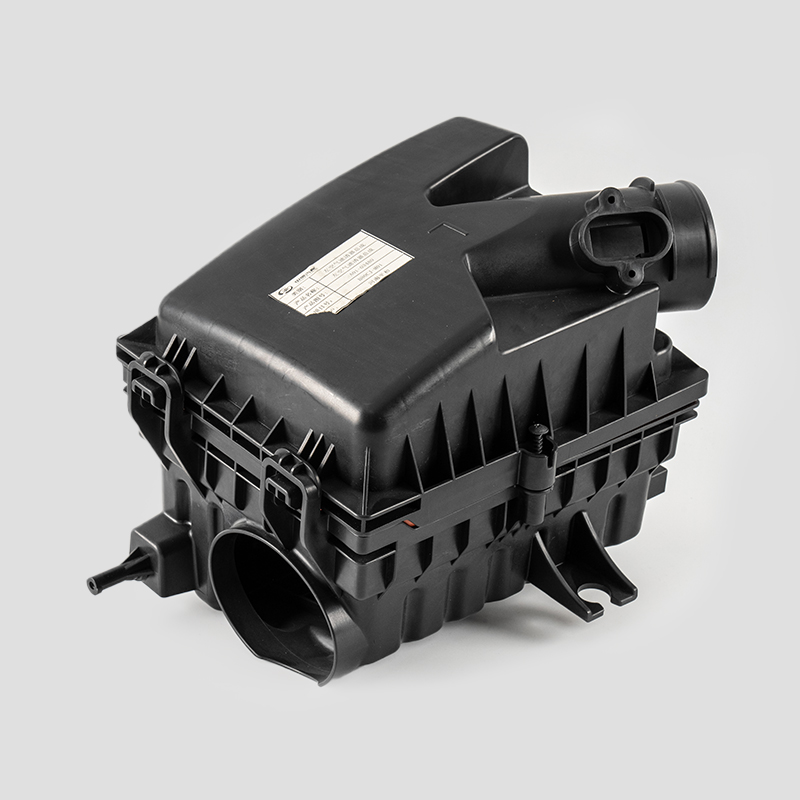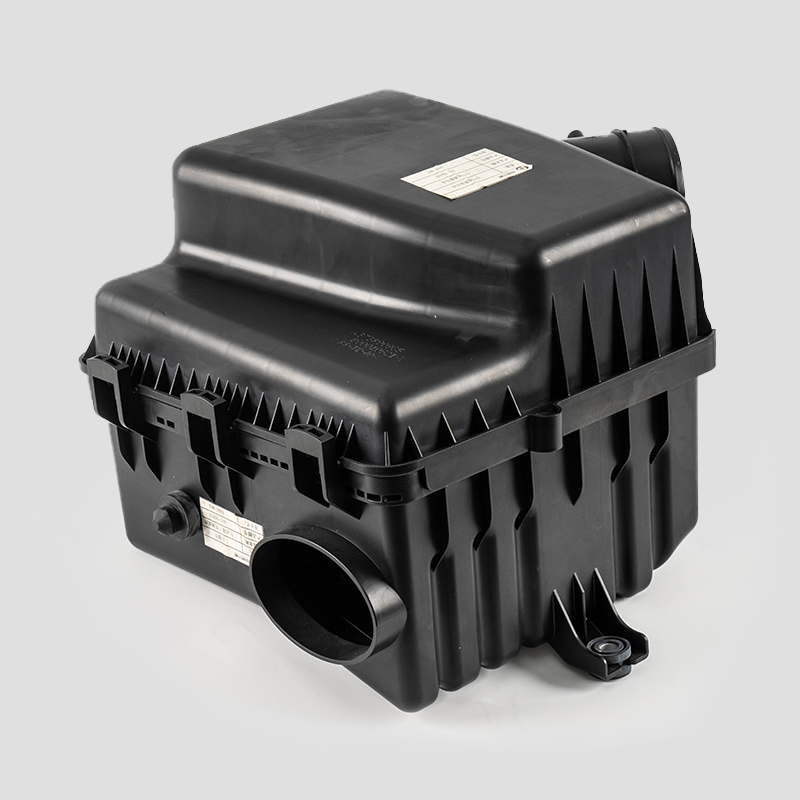What is an oil filter? A brief introduction to its crucial components for clean engine operation.
What is the core function of an oil filter? Why is it essential for engines?
The core function of an oil filter is to filter impurities and contaminants from the engine oil, keeping it clean. When the engine is running, the oil oxidizes due to high temperatures, producing sludge and carbon deposits. At the same time, impurities such as metal debris and dust from within the engine can also enter the oil. If these impurities circulate with the oil and enter the engine's friction components (such as the piston, crankshaft, and camshaft), they can increase component wear, reduce engine performance, and even cause engine failure. The oil filter traps these impurities, ensuring the oil remains clean, providing excellent lubrication and protection for engine components. Therefore, it is an essential component for proper engine operation.
What are the main types of oil filters? How do the filtration principles of these different types differ?
Common oil filters are mainly divided into two categories: full-flow oil filters and split-flow oil filters. A full-flow oil filter is connected in series between the oil pump and the engine's main oil gallery. All oil must pass through the filter before entering the main oil gallery. Its high filtration efficiency effectively traps most impurities and is suitable for most passenger car and commercial vehicle engines. A split-flow oil filter, connected in parallel with the main oil gallery, only passes a portion of the oil through the filter, which then returns the filtered oil directly to the oil sump. It offers higher filtration precision and can remove finer impurities, but its flow rate is lower. It is often used as a supplement to a full-flow filter and is used in engines with extremely high oil cleanliness requirements, such as high-performance racing engines. Furthermore, depending on the filter material, filters can be categorized as paper element filters or metal mesh element filters. Paper element filters are the most widely used due to their high filtration efficiency and low cost.
What is the working process of an oil filter? How is impurity filtration achieved?
The process begins after the engine is started. The oil pump draws oil from the oil pan and pressurizes it. The pressurized oil first enters the oil filter housing. Next, the oil flows through the oil inlet hole in the filter housing and into the filter element. The filter element is made of porous filter material with a specific filtration accuracy. As the oil flows through the filter element, impurities in the oil (such as metal debris, sludge, and dust) are trapped on the outside of the filter element, while clean oil flows through the pores of the filter element into the center of the filter element. Finally, the clean oil flows out of the oil outlet hole in the center of the filter element and enters the engine's main oil gallery, providing lubrication for the engine's various friction components, completing the filtration cycle. With increasing use, impurities accumulate on the filter element, reducing filtration efficiency, so the filter element needs to be replaced regularly.
How do you determine when the oil filter needs to be replaced? What precautions should be taken when replacing it?
The main basis for determining whether the oil filter needs to be replaced is the "usage cycle" and "oil change frequency". Usually, the oil filter needs to be replaced at the same time as the oil. Generally, passenger cars should be replaced every 5,000-10,000 kilometers or every 6 months (the specific details are subject to the vehicle manual); if the engine has abnormal oil pressure (such as the oil pressure indicator light is on), the oil color becomes abnormally black and is accompanied by foreign particles, or there is an abnormal noise when the engine is running, it may also be that the oil filter is clogged and needs to be checked and replaced in time. Things to note when replacing: First, "Stop operation". The engine needs to be stopped and cooled before replacement to avoid burns from high-temperature oil; second, "Clean the installation surface". After removing the old filter, the mounting surface on the engine needs to be cleaned to remove residual sealant or impurities to prevent leakage when installing the new filter; third, "Correct installation". Before installing the new filter, a small amount of engine oil needs to be applied to the sealing ring, and then tightened according to the specified torque to avoid leakage due to excessive looseness or damage to the filter due to excessive tightening; finally, "Inspect after replacement". After installation, start the engine, check whether the filter has leaks, and observe whether the oil pressure has returned to normal.




 English
English Español
Español عربى
عربى